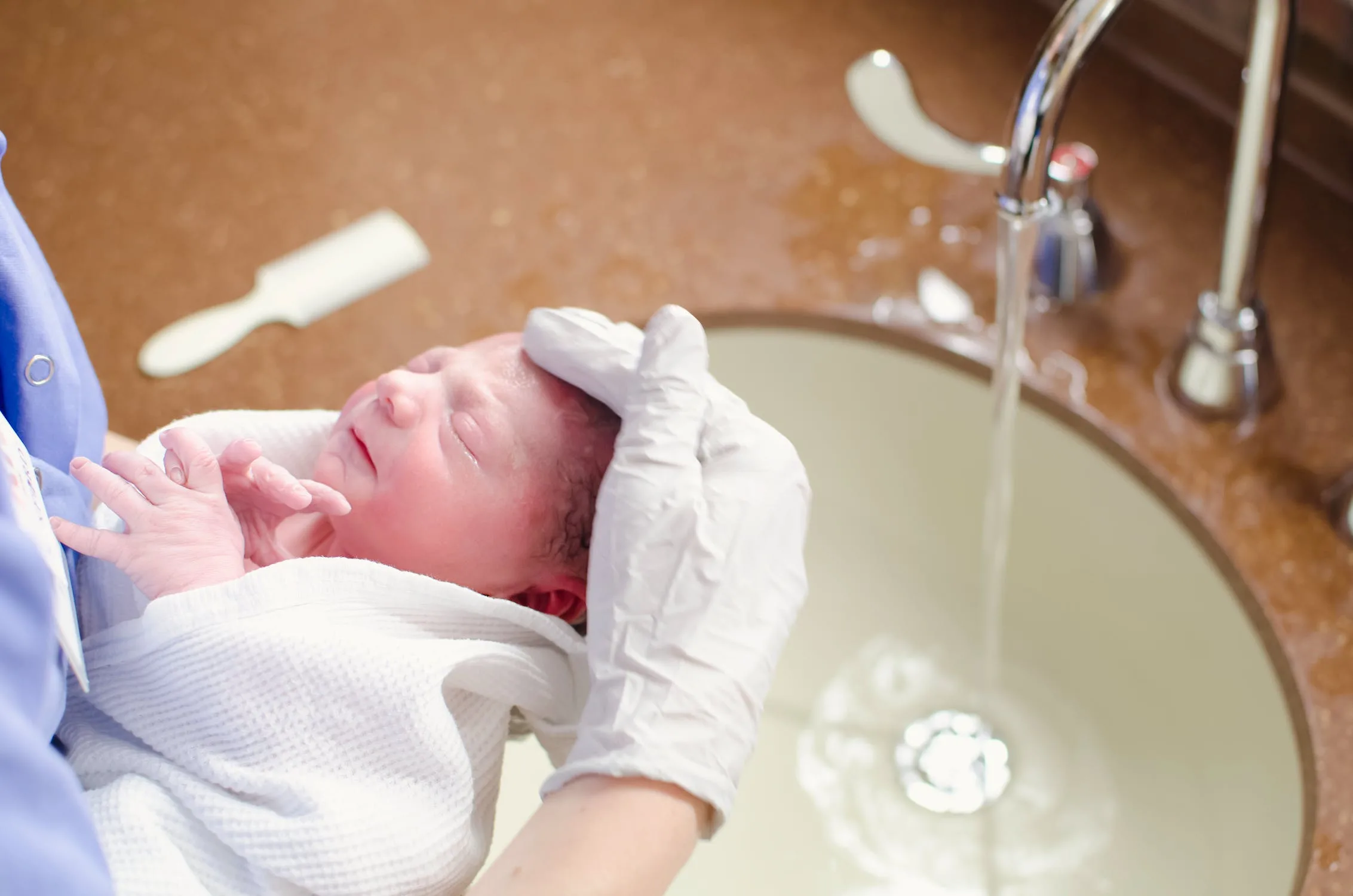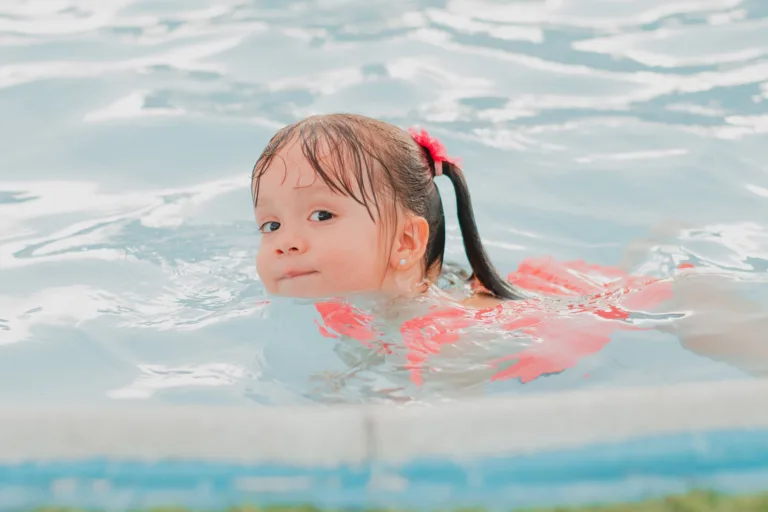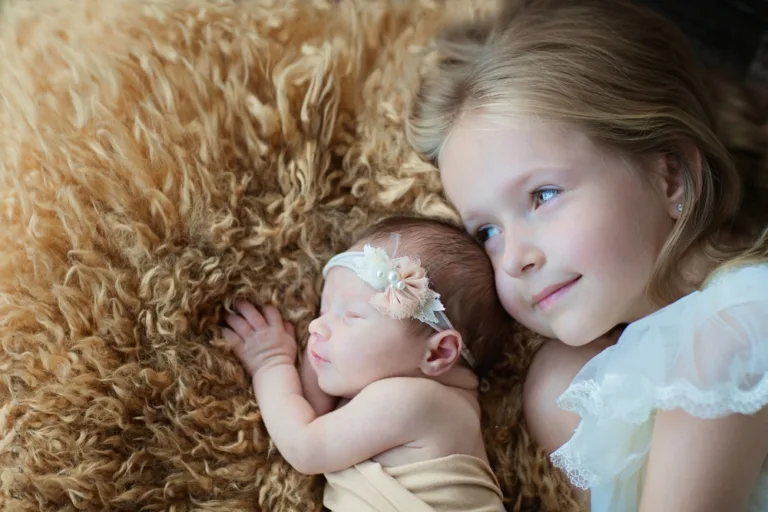Safe Baby Bath: 7 Essential Tips for a Secure Showering Experience 🚿👶
Showering with your baby can be a special bonding experience, but it’s important to take necessary precautions to ensure their safety. Babies are delicate and require special care, particularly during their first few weeks of life.
While doing a baby bath can be a convenient and practical way to clean both yourself and your baby, it’s important to understand the potential risks involved and take steps to mitigate them.
This article provides a comprehensive guide on how to safely do a baby bath to your little one, including tips for a secure hold, alternatives to showering, and recommended baby-specific cleansers.
It’s important to note that Healthline’s strict standards ensure that only brands and products that meet safety and efficacy standards are recommended. By following these guidelines, you can create a safe and enjoyable showering experience for both you and your baby.
Baby Bath Safety Precautions
To ensure the safety of both the baby and the caregiver, it is essential to follow specific precautions when showering with a baby. Baby bath time routines should be carefully planned and executed to prevent any accidents or injuries. It is recommended to wait until the umbilical stump falls off before submerging the baby in water. Additionally, bathing once or twice a week is sufficient for a newborn.
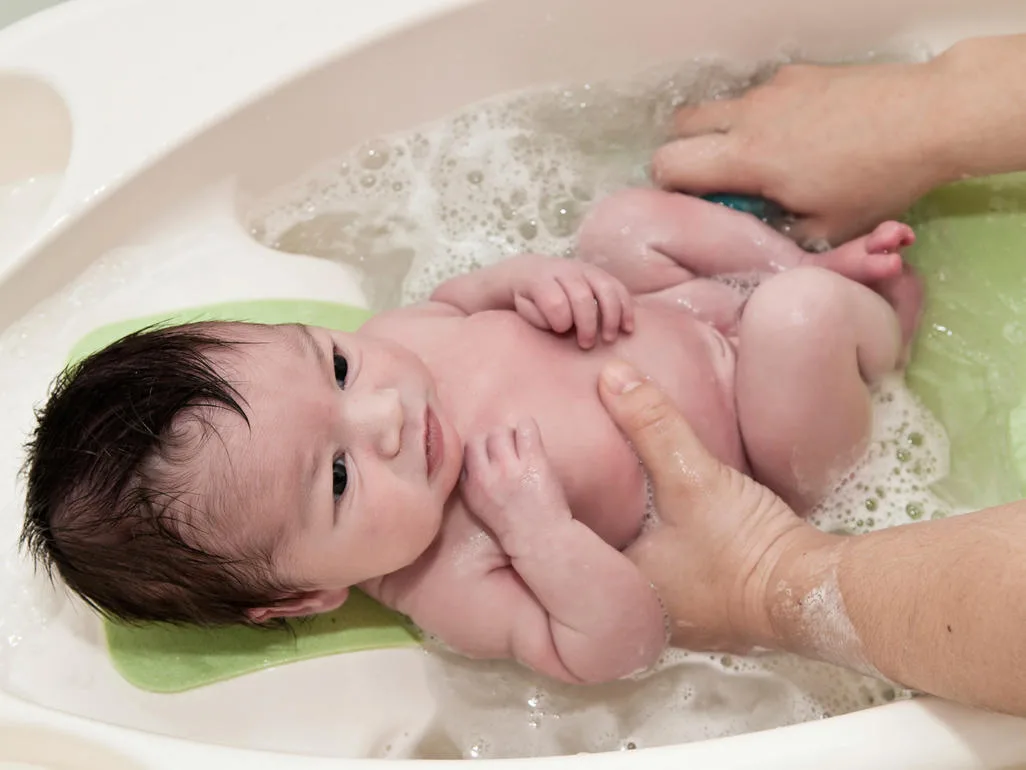
Baby showering benefits are numerous, but they must be balanced with safety measures. To avoid slips and falls, using a grippy mat and bath gloves is recommended. A water sling can also provide a more secure hold. It is important to use lukewarm water and avoid getting water in the baby’s face. Baby-specific shampoos and cleansers should be used to avoid drying out the skin.
To prevent any discomfort or harm to the baby, it is essential to limit shower time to a few minutes if the water is too hot. Finally, it is advisable to have a partner nearby to help if necessary.
7 Essential Tips for Safe Baby Bath
1. Always keep one hand on Baby
Wet babies are slippery and sometimes wiggle a bit and slide down in the water. Before doing baby bath, gather everything you need within arm’s reach, so you don’t have to dart away—even just to the other end of the bathroom—while your little one is soaking.
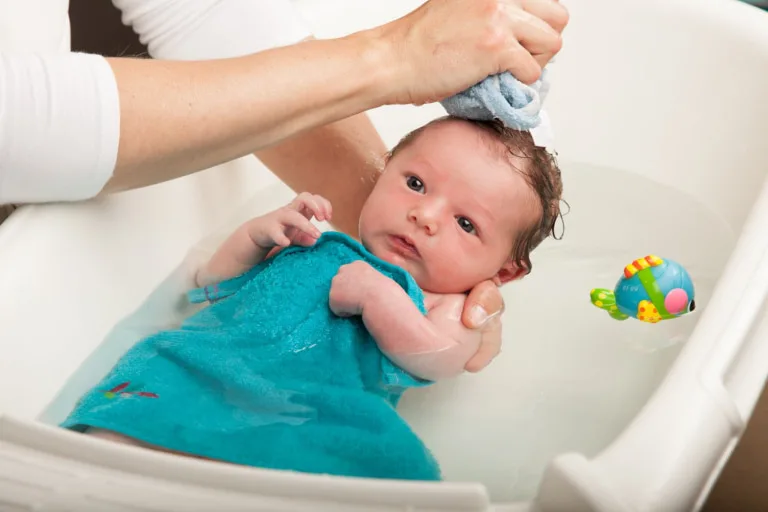
2. Skip the bath seat
Though these seats may seem like a smart way to keep babies upright before they have the muscles to sit on their own, they can tip over easily.
3. Don’t leave water in the bathtub after bath-time ends
This could be a drowning risk for mobile infants or toddlers who find their way into the bathroom to explore.
4. Make sure your water isn’t too hot
Babies have incredibly sensitive skin that can burn easily. You should be able to comfortably keep your hand under the running water, but if you have any doubt, you can use a thermometer to make sure that the temperature doesn’t exceed 120° F.

5. Turn off the water before putting your baby in the tub
Leaving it on could lead to the water getting too hot or too deep.
6. Consider a CPR class
Serious accidents happen every day, and the only way to be prepared…is to be prepared.

7. Support yourself
Another overlooked aspect of baby bathtime is support for parents. You’ll be spending a lot of time tub-side. Get a good cushion for your knees or a little stool to sit on when you are next to the tub.
Alternatives to Showering
Alternatives to submerging a newborn in water for bathing include using a baby bath tub, sink, standalone tub, or taking a shower with the baby in a full-sized bathtub.
Baby bathtubs are a popular option and come in various shapes and sizes. They typically have a contoured shape to support the baby’s body and prevent slipping. Some also come with a sling or hammock for added support. It’s important to choose a baby bathtub that is made with safe materials and has a non-slip bottom. Baby bath tubs are easy to clean and can be used on a countertop or in a larger tub.
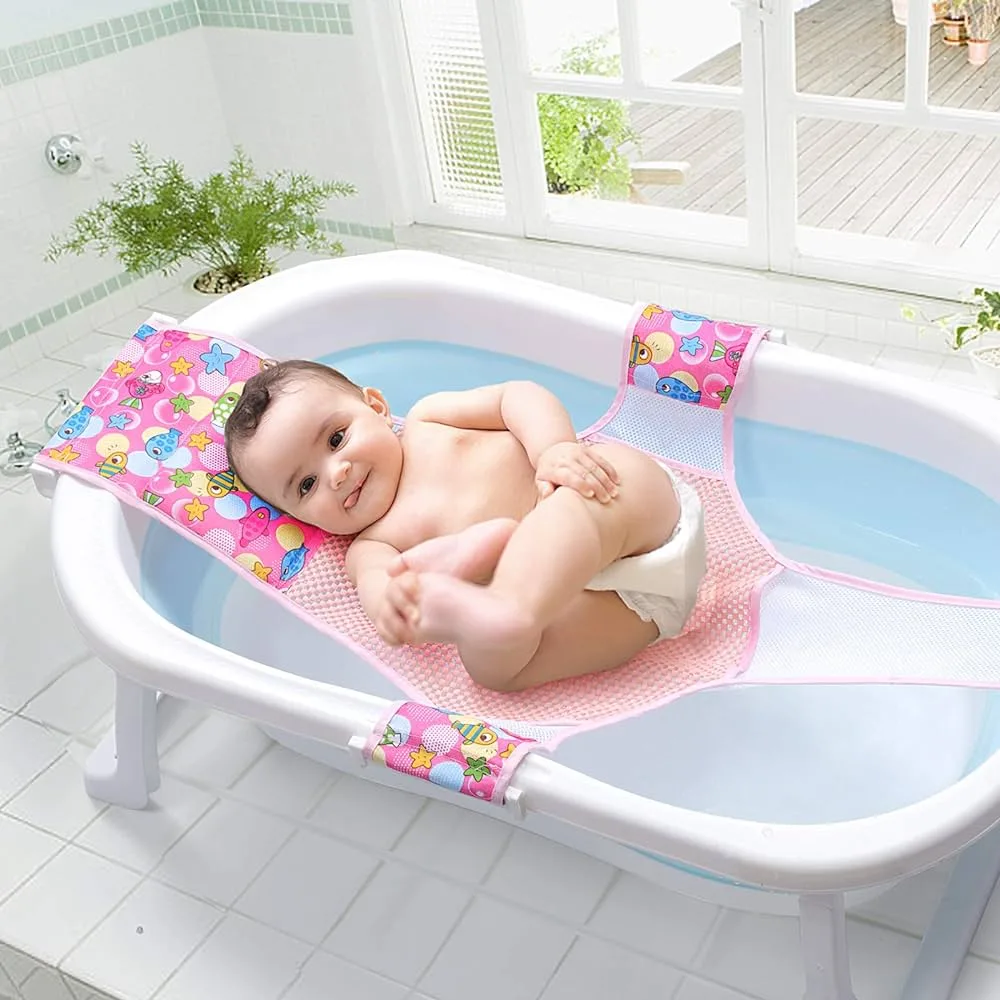
Another alternative to submerging a newborn in water is a sink bath. This option is convenient as it allows the parent to be at a comfortable height while washing the baby. It’s important to ensure the sink is clean and free of any sharp edges before placing the baby in it. A soft towel or cushion can be placed at the bottom of the sink for added comfort. Sink baths are suitable for newborns up to a few months old, depending on the size of the sink. It’s important to never leave the baby unattended during a sink bath and to always have a hand on the baby for support.
Tips for a Secure Hold
A secure hold on a newborn during bathing is crucial to prevent slips and falls and ensure their safety. To achieve a secure hold, parents can use baby shower accessories like grippy bath gloves or a water sling. Grippy mats or tub mats can also help prevent slips and falls.
It is important to choose the right water temperature and to avoid getting water in the baby’s face. Lukewarm water is recommended, and parents should be cautious not to make the water too hot.
In addition to using baby bath accessories and choosing the right water temperature, parents should maintain a firm grip on their baby during the shower. Having a partner nearby to help can also be helpful.
It is important to avoid using typical shower gels and shampoos that may hurt the baby’s sensitive skin and eyes. Parents should use baby-specific shampoos and cleansers to avoid drying out the baby’s skin.
By following these tips, parents can ensure a safe and secure showering experience for their newborn.

